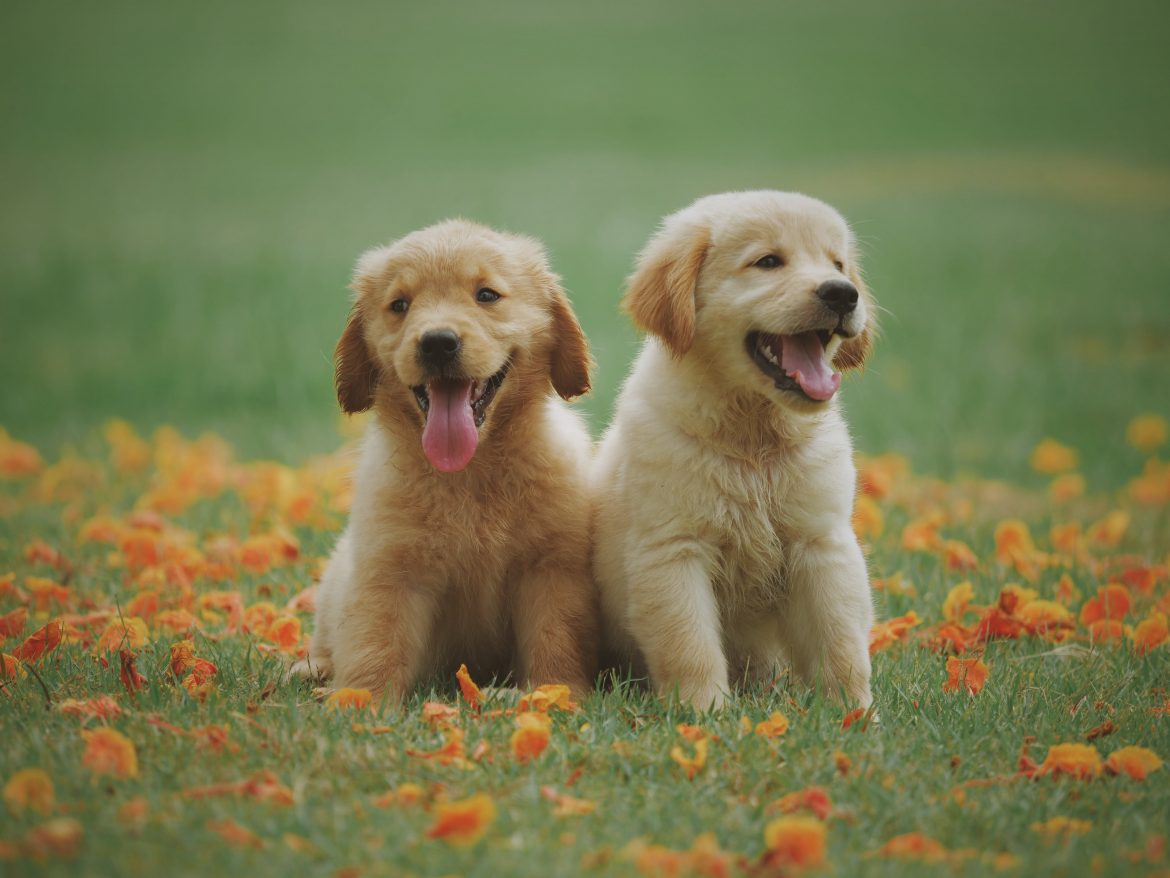Yes, it is possible to be a sustainable pet owner!
While we might love our furry friends a great deal, when it comes to the planet, not so much. Over generations, there’s been an increase in pet waste and pet-related plastic in our landfills, which is taking its toll on the environment. They also consume a lot of meat that needs to be farmed, which contributes to greenhouse gas emissions and climate change.
So, our animals might not be eco-friendly per se, but there are still ways to be a more sustainable pet owner.
Here are 4 tips to help you make more earth-friendly choices for you and your fur babies:
1. Get your pet spayed or neutered
According to the 2022 State of Pet Homelessness Index, 27% – or 4.1 million – of dogs and cats in South Africa are homeless. There simply are not enough homes for all of them and many of the shelters and organisations that help them are at capacity. The only solution is to ensure that fewer companion animals are born by sterilising both street and homed animals.
This will also encourage more people to adopt rather than shop because it will discourage backyard breeding.
2. Explore sustainable pet food options
While there aren’t as many in SA as there are in other parts of the world, we are slowly catching up. There are now several local dog food brands that specialise in raw food. Most
of them use ethically and locally sourced ingredients in their mixes. Making your own dog and cat treats can also cut down on treat packaging. There are plenty of very easy recipes to try online. Buying locally baked treats helps to support your community and feed your furry friends something fresh.
3. Pet waste
There are so many reasons why it’s important to clean up your pet waste on a regular basis and to keep it in a biodegradable bag or a bin. The first would, of course, be keeping the environment clean, comfortable and sweet-smelling. Another would be that it can contaminate your space or contain contagious parasites. Unfortunately, cat and dog poop is not suitable fertiliser for our gardens so it should be disposed of quickly.
You should also always carry bags on walks so you can clean up after your pet.
4. Getting creative with pet toys
It’s time to get creative when it comes to your pet’s toys. There are loads on the market but many of them come covered in plastic and are imported. And, let’s be honest, in some cases they don’t even last very long! But if you think outside the box, there are many things we tend to throw away that can have a second life as a toy for your furkid. For example, dogs like chewing on cardboard tubes, and cats love to be tantalised with a piece of string.
ALSO SEE:
Feature image: Pexels
A version of this article was published in the Garden&Home August 2023 print magazine.

